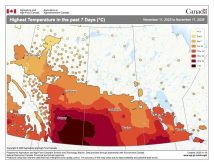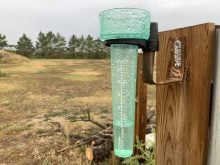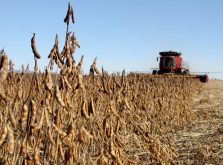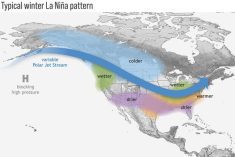As temperatures warm, plants release gases that help form clouds and cool the atmosphere, according to research from the International Institute for Applied Systems Analysis ( IIASA) and the University of Helsinki.
The new study, published in Nature Geoscience, identified a negative feedback loop in which higher temperatures lead to an increase in concentrations of natural aerosols that have a cooling effect on the atmosphere.
“Plants, by reacting to changes in temperature, also moderate these changes,” says IIASA and University of Helsinki researcher Pauli Paasonen, who led the study.
Read Also
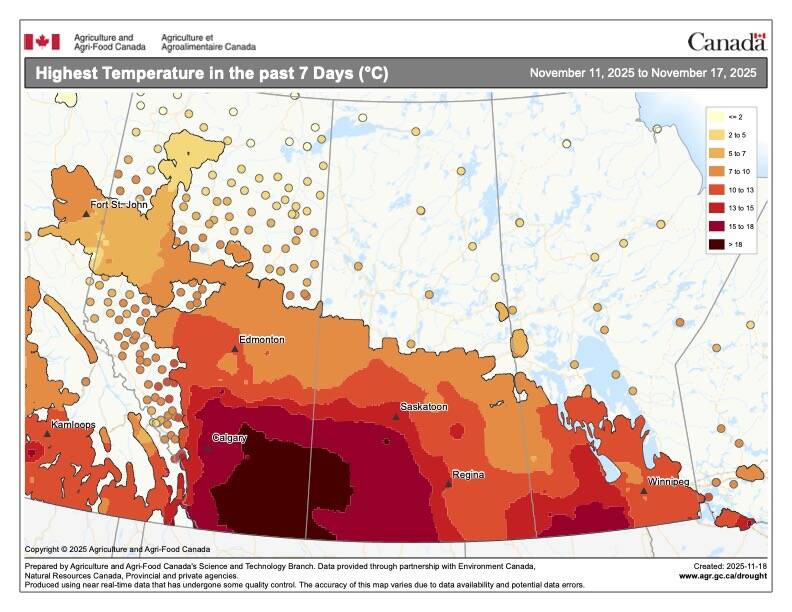
Is a weather station right for your farm?
Weather stations could make a great Christmas gift for the farmer in your life.
Scientists had known that some aerosols — particles that float in the atmosphere — cool the climate as they reflect sunlight and form cloud droplets, which reflect sunlight efficiently. Aerosol particles come from many sources, including human emissions. But the effect of so-called biogenic aerosol — particulate matter that originates from plants — had been less well understood. Plants release gases that, after atmospheric oxidation, tend to stick to aerosol particles, growing them into the larger-sized particles that reflect sunlight and also serve as the basis for cloud droplets. The new study showed that as temperatures warm and plants consequently release more of these gases, the concentrations of particles active in cloud formation increase.
The effect of enhanced plant gas emissions on climate is small on a global scale — only countering approximately one per cent of climate warming, the study suggested. “This does not save us from climate warming,” says Paasonen. However, he says, “Aerosol effects on climate are one of the main uncertainties in climate models. Understanding this mechanism could help us reduce those uncertainties and make the models better.”


